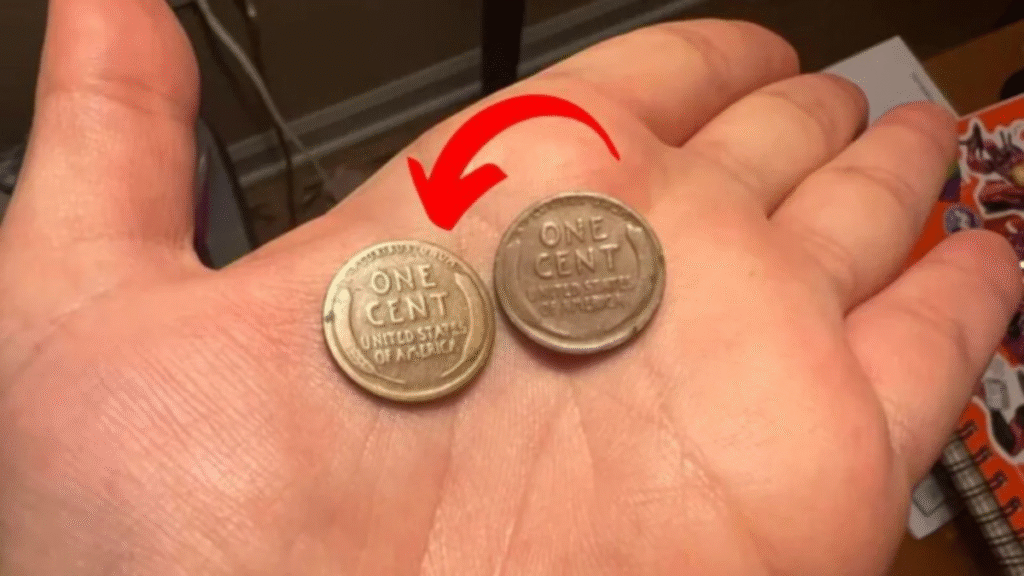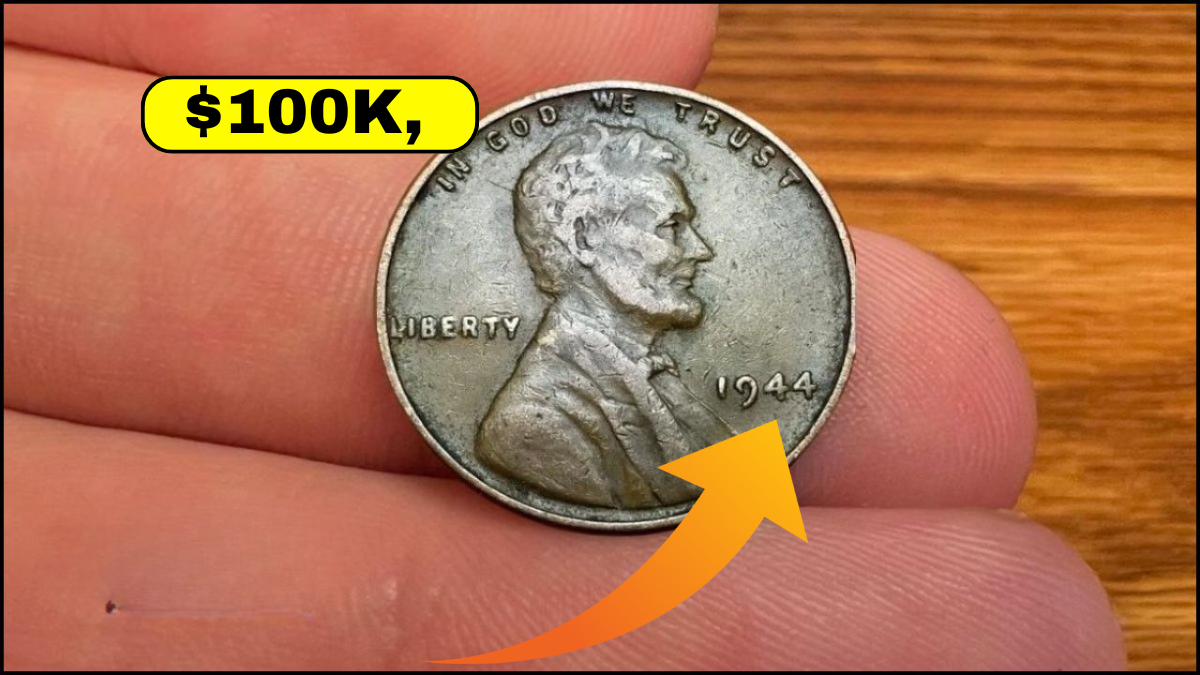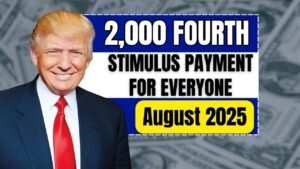The 1909 Lincoln penny holds a very special place in American coin history. It was the first coin in the United States to feature the face of a real person, President Abraham Lincoln, rather than a symbolic figure like Lady Liberty. This coin was released in 1909 to celebrate the 100th anniversary of Lincoln’s birth, making it even more meaningful to the public.
But here is where it gets interesting—not all 1909 Lincoln pennies are the same. There is one particular version, called the 1909-S VDB penny, that is considered one of the most sought-after coins in the world. Only 484,000 of these coins were ever made. That may sound like a big number, but for coins, this is a very small quantity. Today, if you manage to find one in good condition, it could be worth lakhs of rupees (or even thousands of dollars) depending on its quality and rarity.
What Makes the 1909-S VDB Penny So Special?
To understand why this coin is so valuable, you need to know a little about its history. The Lincoln penny was designed by a talented artist named Victor David Brenner. He placed his initials “V.D.B.” at the bottom of the coin’s reverse side (the back side).
At the time, some people felt that the designer’s initials were too big and stood out too much. The U.S. Mint, which makes coins, quickly decided to remove the initials from the design. But before they could do that, a small number of coins were already made at the San Francisco Mint, which used the letter “S” as its mint mark.
These coins ended up with both the “S” mint mark and the “V.D.B.” initials. This combination appeared only on this very small batch of coins, and because of this, the 1909-S VDB penny became one of the rarest and most desirable coins for collectors.
How to Identify a Real 1909-S VDB Penny

If you ever come across an old 1909 penny, it’s important to know how to check whether it is the valuable “S VDB” version. Here are the features you should look for:
- The Date: The coin must clearly show the year 1909. If it is from another year, it’s not the rare version.
- The Mint Mark: Below the date, you should see a small “S,” which means the coin was made at the San Francisco Mint. If there is no “S,” it’s not the special version.
- The Initials “V.D.B.”: Turn the coin over and look at the very bottom of the reverse side, between the two wheat stalks. You should see the small initials “V.D.B.” engraved there.
- Color and Condition: Old coins naturally change color over time, depending on how they were stored. Some coins look red, others have a red-brown shade, and some turn completely brown. The better the condition and the brighter the original color, the more valuable the coin is.
What Is the Value of a 1909-S VDB Penny?
The price of this penny can vary widely. Coins in poor condition may sell for several hundred dollars (or tens of thousands of rupees), while coins in excellent, almost-new condition can be worth several thousand dollars (or lakhs of rupees). Collectors are willing to pay a premium for coins that have been well preserved.
For example:
- A heavily worn coin might sell for the price of a good smartphone.
- A shiny, uncirculated coin with all its details visible could be worth the price of a small car.
This is why serious collectors will spend years trying to find the perfect 1909-S VDB penny to add to their collection.
Practical Advice for Collectors

If you come across a 1909 penny, don’t get too excited right away. Most of these pennies are not the rare “S VDB” version. Here are a few tips to avoid confusion:
- 1909 VDB (no S): This version has the initials “V.D.B.” but no “S” mint mark. These are much more common and not nearly as valuable.
- 1909-S (no VDB): This version has the “S” mint mark but does not have the initials. These coins are also rare but not as valuable as the “S VDB” version.
If you think you have the rare coin, do not clean or polish it. Cleaning a coin can actually reduce its value because collectors prefer coins in their natural state, even if they look dirty or dull.
The best thing to do is take it to a professional coin grading service, such as PCGS (Professional Coin Grading Service) or NGC (Numismatic Guaranty Company). These experts can confirm if the coin is genuine and give it an official grade that will help you understand its true market value.
Conclusion
The 1909-S VDB Lincoln penny is more than just a piece of money. It represents an important moment in American history when Abraham Lincoln was honored on the nation’s coins. Because only a small number were made, and even fewer have survived in good condition, this coin has become a true treasure for collectors.
If you own one, you are holding a piece of history that is over 100 years old. And if you’re searching for one, keep checking your old coin jars, family collections, or coins you come across in antique shops. You never know when you might stumble upon one of these valuable little pieces of copper.
Remember, the smallest details make the biggest difference. One tiny “S” and three little initials—“V.D.B.”—can turn an ordinary old penny into a fortune.
FAQs
1. What is a Lincoln Wheat Penny?
A U.S. one-cent coin minted between 1909 and 1958 featuring wheat stalks on the reverse.
2. Why is it valued at $100,000?
Certain rare dates, mint marks, and errors make some Lincoln Wheat Pennies extremely valuable to collectors.
3. Are these pennies still in circulation?
Yes, although rare, some can still be found in change or coin rolls.
4. Which years are the most valuable?
Pennies from 1909-S VDB, 1914-D, and error coins like the 1943 copper penny can be worth thousands.
5. How can I check if I have one?
Inspect the date, mint mark, and condition of the coin or have it evaluated by a professional coin dealer.


